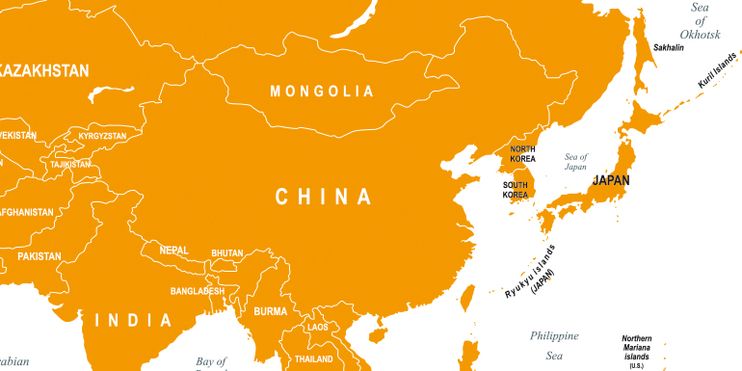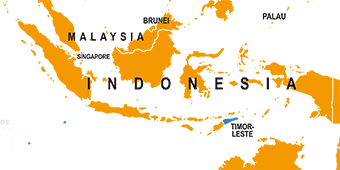The EMC Directive 2014/30/EU
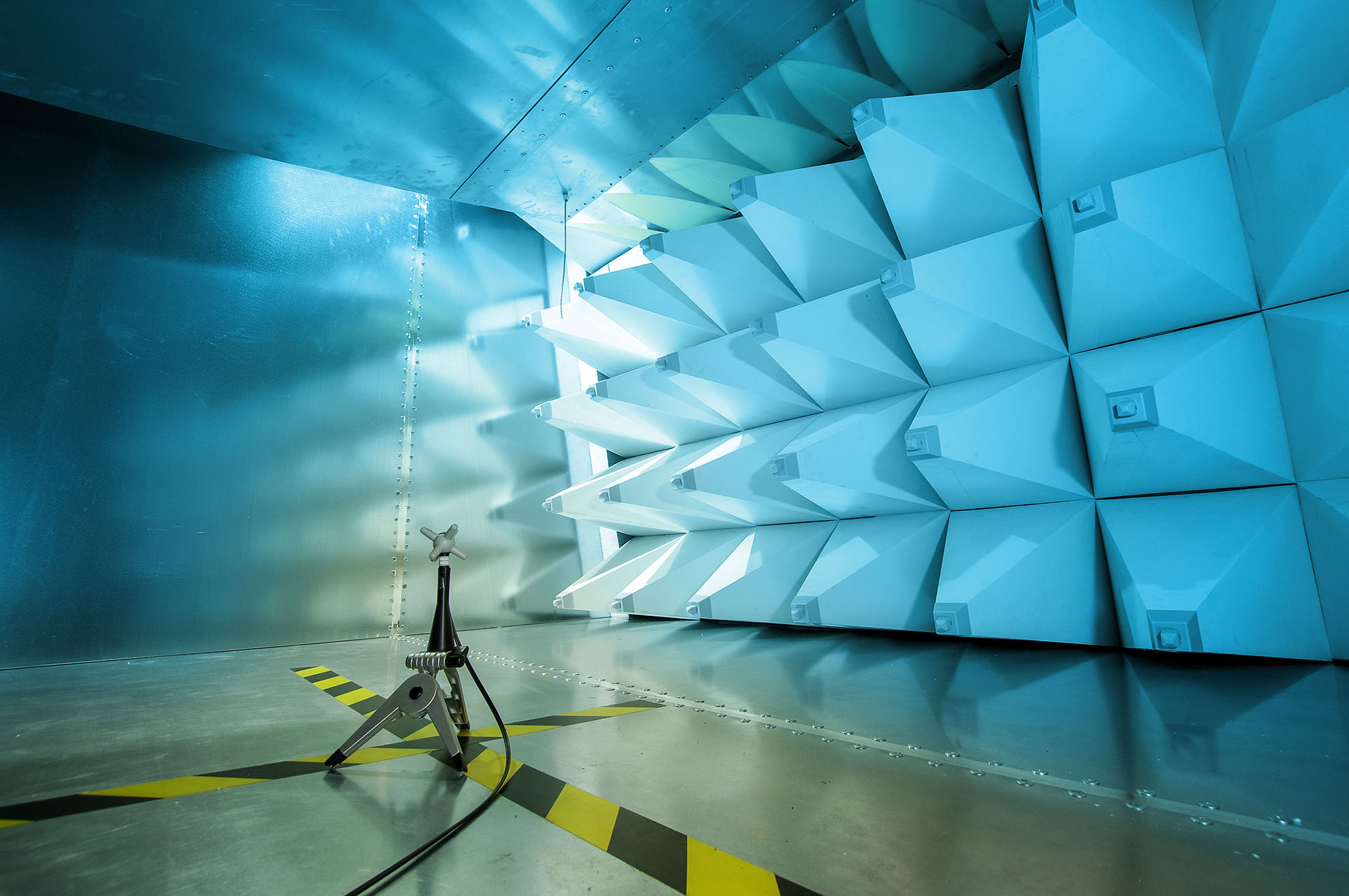
The EMC Directive is an important regulatory framework within the European Union that aims to ensure the electromagnetic compatibility of electrical and electronic equipment. It sets out basic requirements that such equipment must fulfill in order to avoid interference with the use and operation of other equipment. In this article, we will take a closer look at the structure of the EMC Directive and the specific requirements for products under this directive.
The EMC Directive (2014/30/EU) is part of the CE marking system that deals with the electromagnetic compatibility (EMC) of electrical and electronic equipment. The EMC Directive ensures that products imported into the European Economic Area (EEA) meet certain safety, health and environmental requirements.
The EMC Directive (2014/30/EU) aims to enable the free movement of such equipment within the internal market by ensuring that they are electromagnetically compatible with each other.
The contents of the EMC Directive 2014/30/eu
The Directive is divided into several key areas covering different aspects of electromagnetic compatibility:
- Scope and Definitions: This section defines the scope of the directive and specifies which types of equipment are affected. It also provides definitions of basic terms.
- Harmonization provisions: This describes the essential requirements that products must meet in order to be considered EMC compliant. These include requirements for the emission of electromagnetic disturbances and immunity to such disturbances.
- Conformity assessment procedures: This section explains the procedures that manufacturers must carry out to prove that their products meet the requirements of the Directive. This includes carrying out EMC tests and drawing up an EU Declaration of Conformity.
- Market surveillance and controls: It sets out measures that member states must take to ensure that only compliant products are on the market. This may include controls on the import of products and market surveillance activities.
Specifications for products under the EMC Directive
To be compliant with the EMC Directive, products must meet the following requirements:
- Emission limits: Devices may only emit electromagnetic interference up to a certain level to ensure that they do not interfere with other devices.
- Immunity levels: Devices must have a certain immunity to electromagnetic interference so that their functionality is not impaired by external sources of interference.
- Conformity assessment procedures: Manufacturers must carry out one of the specified conformity assessment procedures to demonstrate that their products meet the requirements. This may include internal production controls, EMC testing by accredited bodies and the preparation of technical documentation.
- Labeling and documentation: Products that meet the requirements of the EMC Directive must have a CE marking. Manufacturers must also issue an EU Declaration of Conformity and provide technical documentation demonstrating the conformity of the product.
The Electromagnetic Compatibility Act (EMCA)
The EMCA (Electromagnetic Compatibility Act) and the EMC Directive 2014/30/EU are closely related in legal and normative terms, particularly in the context of regulating and monitoring electromagnetic interference and immunity in electrical and electronic equipment.
The EMCA ensures that the EMC Directive 2014/30/EU is effectively implemented and enforced in Germany. It defines the legal framework and procedures required for conformity assessment, market surveillance and enforcement of EMC regulations within the German legal system. Thus, the EMVG and the EMC Directive complement each other at EU level to create a uniform framework for ensuring the electromagnetic compatibility of equipment in Germany and throughout the European Union.
What requirements must be met
in accordance with the EMC Directive?
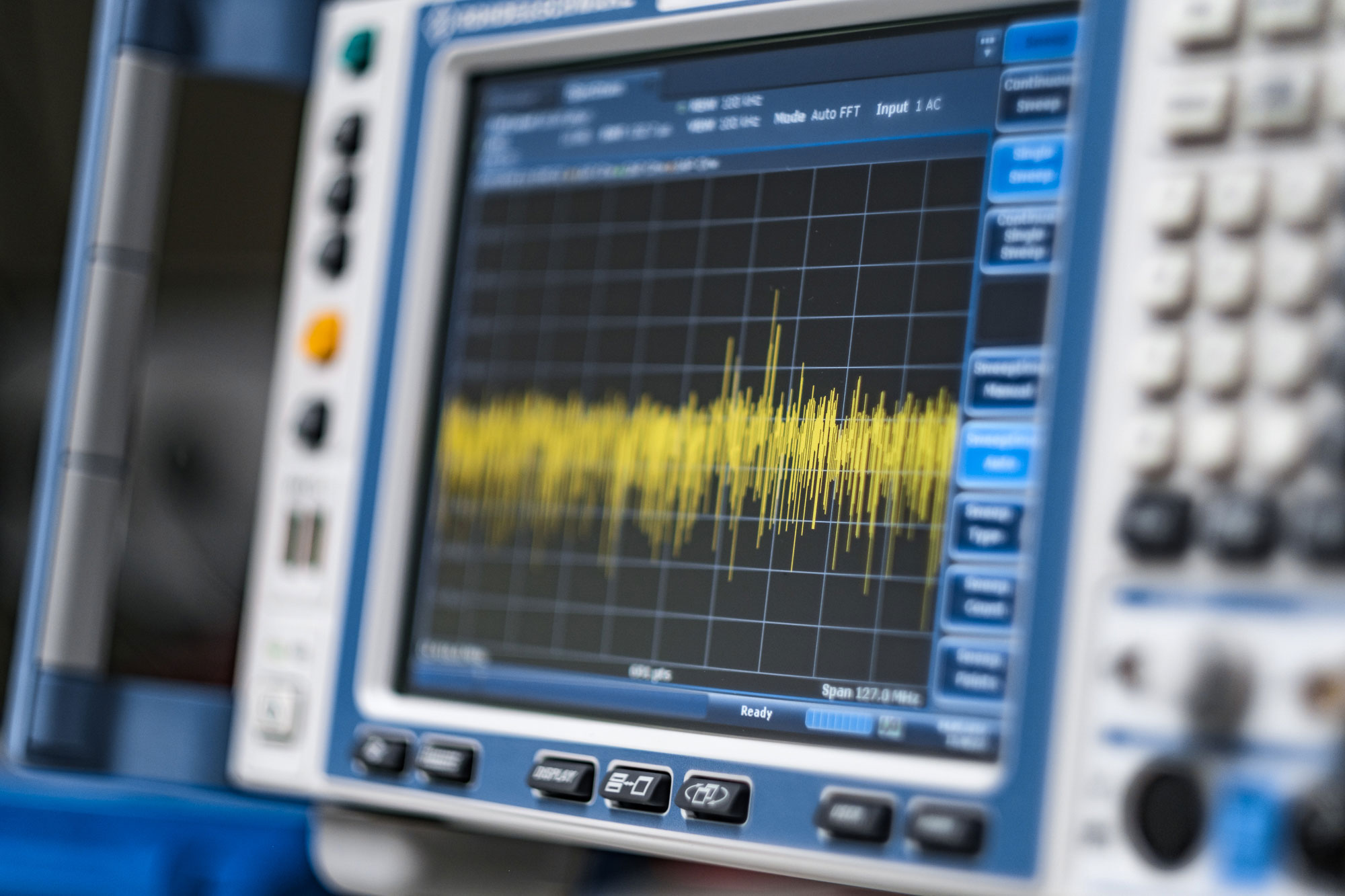
The technical content of the EMC Directive is detailed and designed to ensure the electromagnetic compatibility of equipment. These technical requirements are crucial to ensure that electrical and electronic equipment functions efficiently without interfering with each other through electromagnetic disturbances. Below we look at some specific aspects, such as emission limits and immunity levels.
Emission limits
The emission limits are set to determine the maximum level of electromagnetic emissions that may be emitted by devices. These limits are essential to prevent devices from causing interference (above the specified limits) that could affect the normal functioning of other devices. The limits vary depending on the type of appliance and the environment in which it is used and are set out in the relevant harmonized standards, which provide the technical specifications for different classes of appliances. There are two types of emissions:
- Conducted emissions: These limits refer to interferers that are transmitted via power cables and/or signal/data lines into the power supply network or to other devices connected via cables.
- Radiated emissions: These relate to the electromagnetic interferers that are radiated into the environment via the housing.
Immunity levels
The immunity levels determine the resistance of devices to electromagnetic interference. The aim is to ensure that devices can also function reliably in environments with electromagnetic interference. As with the emission limits, the specific immunity requirements vary depending on the device type and environment. The requirements cover a wide range of potential sources of interference, including but not limited to:
- Electrostatic discharge (ESD): The ability of a device to withstand electrostatic discharge without malfunction or damage.
- Radiated immunity: Immunity to interference radiated by other devices.
- Fast transient electrical interference (burst): Resistance to short-term, transient electrical spikes, such as those that can occur when switching inductive loads.
- Surge: The ability to withstand voltage peaks, such as those caused by lightning strikes in the vicinity.
- Conducted immunity: Immunity to interference signals that are coupled in via power or data lines.
Harmonized standards and technical specifications
The specific technical requirements, including emission limits and immunity levels, are laid down in harmonized standards developed by European standardization organizations such as CEN/CENELEC. These standards provide detailed technical specifications and test procedures to assess conformity with the requirements of the EMC Directive. Manufacturers can obtain a presumption of conformity with the essential requirements of the Directive by applying these harmonized standards.
It is important to note that the EMC Directive and the associated technical standards are a complex subject. Manufacturers and designers of electrical and electronic equipment should therefore carefully consider the specific requirements that apply to their products to ensure conformity and minimize the risk of electromagnetic disturbance.
The relevance of the EMC Directive
The EMC Directive is a key set of regulations within the European Union that ensures the electromagnetic compatibility of electrical and electronic equipment. Below are some of the basic tasks of the EMC Directive:
- Protection of the functionality of devices: The EMC Directive ensures that equipment is designed and manufactured in such a way that it does not cause electromagnetic interference that could affect the functioning of other equipment. This is particularly important in a world where we are surrounded by a wide range of electronic devices, from cell phones to medical instruments.
- Ensuring safety: Electromagnetic interference can cause potentially dangerous situations, especially in critical applications such as aviation, healthcare and industrial automation. The EMC Directive helps to minimize such risks by imposing strict limits and testing standards.
- Promoting the internal market: By setting uniform standards for electromagnetic compatibility, the EMC Directive facilitates the free movement of goods within the European Economic Area. Manufacturers can sell their products in all EU member states without having to take different national regulations into account.
- Consumer protection: The directive protects consumers from buying products that are inefficient or unsafe due to electromagnetic interference. This increases consumer confidence in the electronic devices available on the market.
- Promotion of innovation and technological development: The need to meet the requirements of the EMC Directive motivates manufacturers to develop innovative solutions for electromagnetic shielding and interference minimization. This leads to more advanced and efficient products.
In summary, the EMC Directive 2014/30/eu is an essential part of the regulatory landscape in the EU, which not only contributes to technological safety and reliability, but also strengthens the internal market and improves consumer protection. In an increasingly interconnected world where dependence on electronic devices is constantly growing, compliance with the EMC Directive is more important than ever.
Electromagnetic compatibility at cetecom advanced
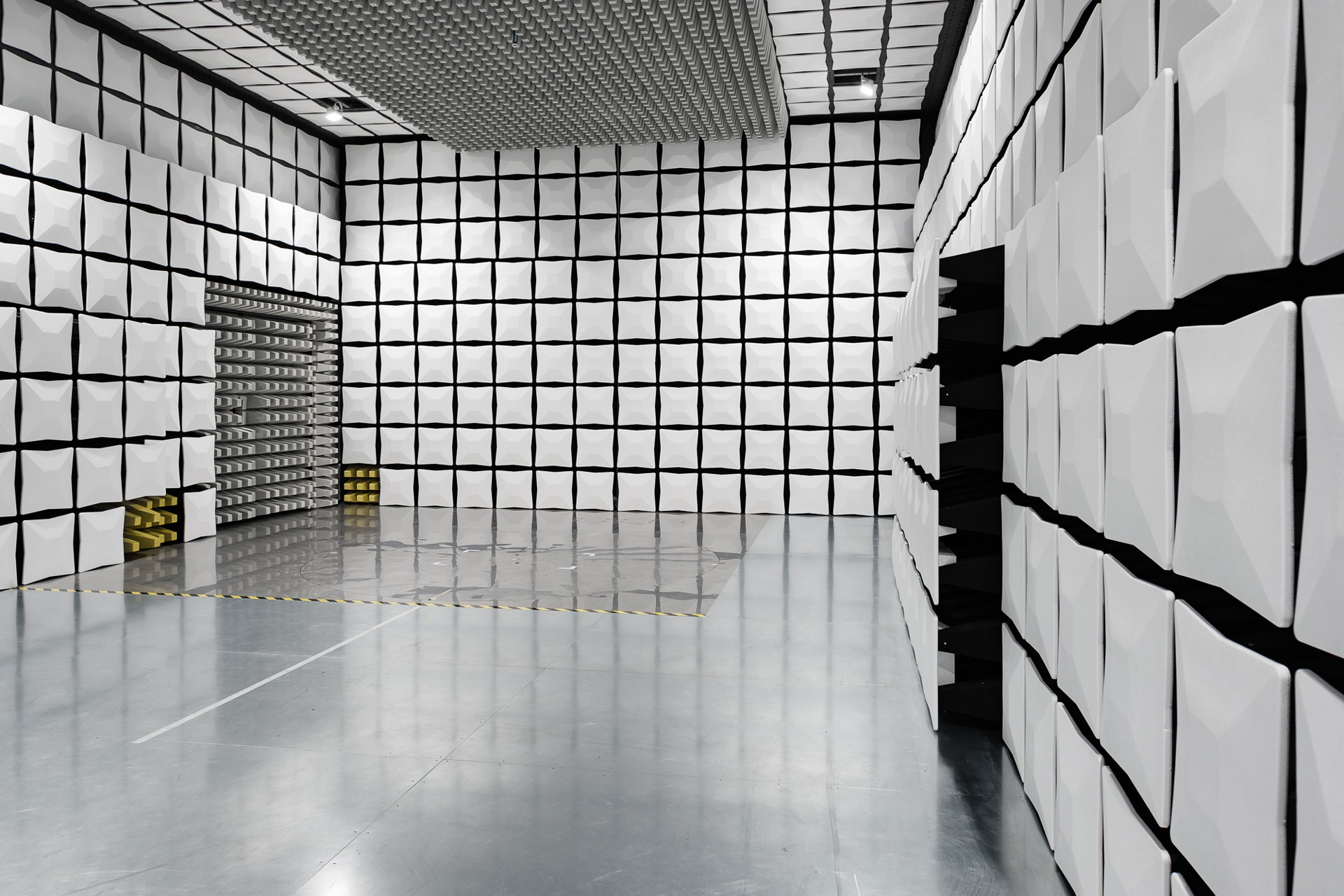
Our EMC tests are comprehensive and cover a wide range of needs and industry requirements. Our EMC laboratories are located in Essen, Saarbrücken and Silicon Valley (USA) and are equipped with state-of-the-art technology to ensure accurate and reliable results. Tests covering both radiated and conducted phenomena are carried out in our laboratories to ensure that devices comply with the required limits.
cetecom advanced’s services are not limited to regulatory testing, but also include customized testing, on-site measurements and quality assurance testing to meet customers’ specific requirements. In addition, we also assist with international market approval, which includes the testing and certification of products to various international standards.
These comprehensive testing and certification services ensure that our customers’ products meet stringent requirements while minimizing time to market. This makes cetecom advanced an essential partner for manufacturers looking to operate in global markets.
Further information
- Directive 2014/30/EU
https://eur-lex.europa.eu/legal-content/EN/TXT/PDF/?uri=CELEX:32014L0030 - Act on the Electromagnetic Compatibility of Equipment (EMVG) (German version)
https://www.gesetze-im-internet.de/emvg_2016/index.html





